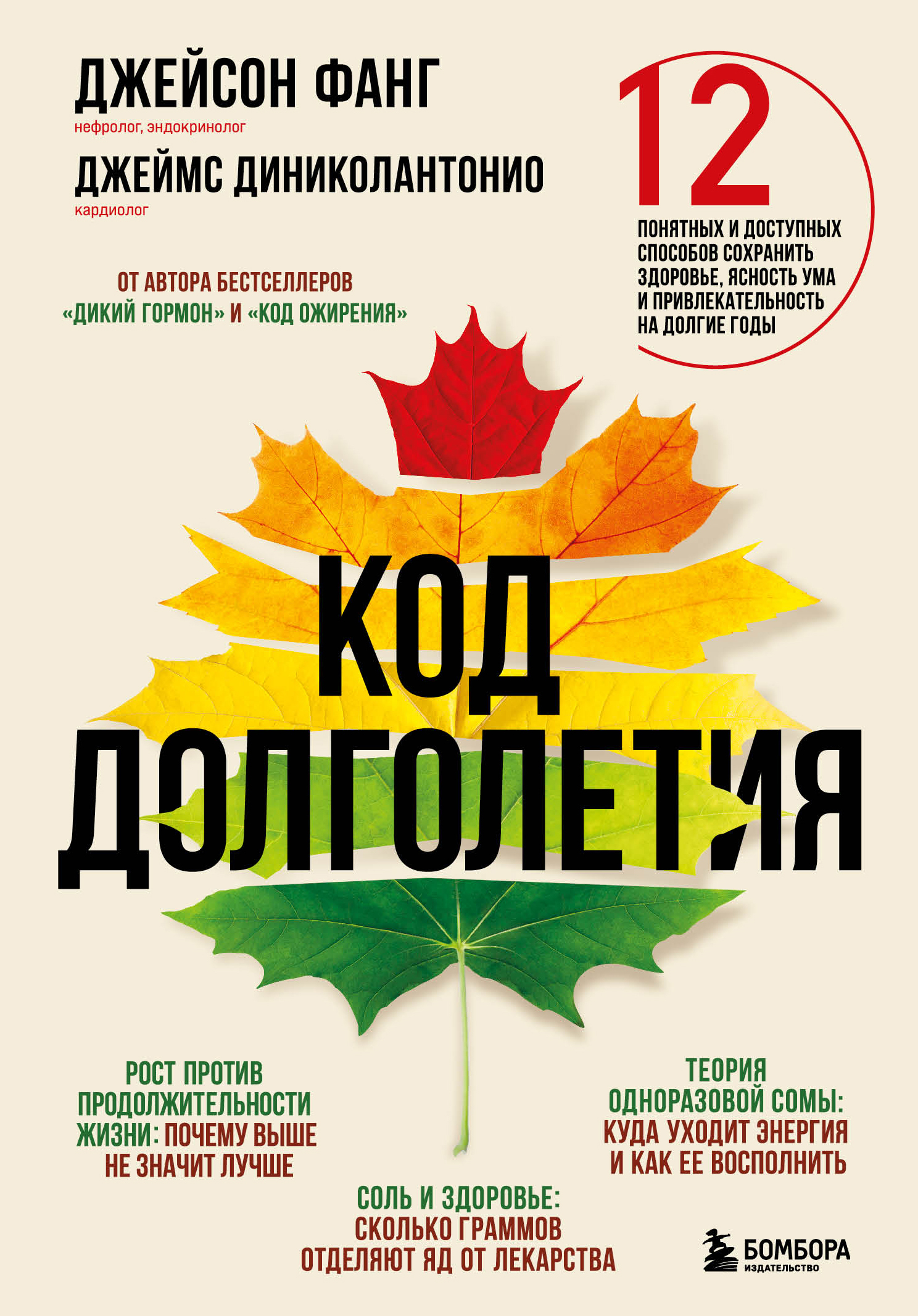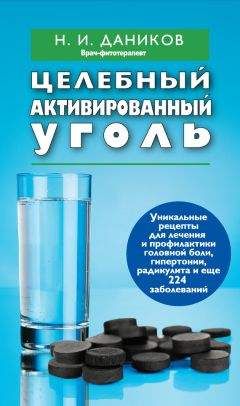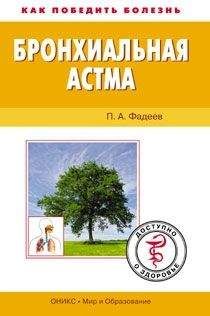J. M., and I. A. Prior. “The Tokelau Island Migrant Study: Prevalence and Incidence of Diabetes Mellitus.” New Zealand Medical Journal 92, no. 673 (1980): 417–421.
42. de Oliveira Otto, M. C., et al. “Serial Measures of Circulating Biomarkers of Dairy Fat and Total and Cause-Specific Mortality in Older Adults: The Cardiovascular Health Study.” American Journal of Clinical Nutrition 108, no. 3 (2018): 476–484.
43. Yakoob, M. Y., et al. “Circulating Biomarkers of Dairy Fat and Risk of Incident Stroke in U.S. Men and Women in 2 Large Prospective Cohorts.” American Journal of Clinical Nutrition 100, no. 6 (2014): 1437–1447.
44. University of Texas Health Science Center at Houston. “New Research Could Banish Guilty Feeling for Consuming Whole Dairy Products.” Сайт Science Daily, открыто по адресу www.sciencedaily.com/releases/2018/07/180711182735.htm.
45. Aune, D., et al. “Dairy Products and the Risk of Type 2 Diabetes: A Systematic Review and Dose-Response Meta-Analysis of Cohort Studies.” American Journal of Clinical Nutrition 98, no. 4 (2013): 1066–1083.
46. Astrup, A. “A Changing View on Saturated Fatty Acids and Dairy: From Enemy to Friend.” American Journal of Clinical Nutrition 100, no. 6 (2014): 1407–1408.
47. Freeman, A. M., et al. “Trending Cardiovascular Nutrition Controversies.” Journal of the American College of Cardiology 69, no. 9 (2017): 1172–1187.
48. Eckel, R. H., et al. “2013 AHA/ACC Guideline on Lifestyle Management to Reduce Cardiovascular Risk: A Report of the American College of Cardiology/American Heart Association Task Force on Practice Guidelines.” Journal of the American College of Cardiology 63, no. 25 Pt B (2014): 2960–2984.
49. Covas, M. I., et al. “The Effect of Polyphenols in Olive Oil on Heart Disease Risk Factors: A Randomized Trial.” Annals of Internal Medicine 145, no. 5 (2006): 333–341.
50. Wiseman, S. A., et al. “Dietary Non-Tocopherol Antioxidants Present in Extra Virgin Olive Oil Increase the Resistance of Low Density Lipoproteins to Oxidation in Rabbits.” Atherosclerosis 120, no. 1–2 (1996): 15–23; Caruso, D., et al. “Effect of Virgin Olive Oil Phenolic Compounds on In Vitro Oxidation of Human Low Density Lipoproteins.” Nutrition, Metabolism and Cardiovascular Diseases 9, no. 3 (1999): 102–107; Coni, E., et al. “Protective Effect of Oleuropein, an Olive Oil Biophenol, on Low Density Lipoprotein Oxidizability in Rabbits.” Lipids 35, no. 1 (2000): 45–54.
51. Aviram, M., and K. Eias. “Dietary Olive Oil Reduces Low-Density Lipoprotein Uptake by Macrophages and Decreases the Susceptibility of the Lipoprotein to Undergo Lipid Peroxidation.” Annals of Nutrition and Metabolism 37, no. 2 (1993): 75–84.
52. Bogani, P., et al. “Postprandial Anti-Inflammatory and Antioxidant Effects of Extra Virgin Olive Oil.” Atherosclerosis 190, no. 1 (2007): 181–186.
53. Pacheco, Y. M., et al. “Minor Compounds of Olive Oil Have Postprandial Anti-Inflammatory Effects.” British Journal of Nutrition 98, no. 2 (2007): 260–263.
54. Fabiani, R., et al. “Oxidative DNA Damage Is Prevented by Extracts of Olive Oil, Hydroxytyrosol, and Other Olive Phenolic Compounds in Human Blood Mononuclear Cells and HL60 Cells.” The Journal of Nutrition 138, no. 8 (2008): 1411–1416.
55. Moreno-Luna, R., et al. “Olive Oil Polyphenols Decrease Blood Pressure and Improve Endothelial Function in Young Women with Mild Hypertension.” American Journal of Hypertension 25, no. 12 (2012): 1299–1304.
56. DiNicolantonio, J. J., et al. “Omega-3s and Cardiovascular Health.” Ochsner Journal 14, no. 3 (2014): 399–412.
57. DiNicolantonio, J. J., P. Meier, and J. H. O’Keefe. “Omega-3 Polyunsaturated Fatty Acids for the Prevention of Cardiovascular Disease: Do Formulation, Dosage & Comparator Matter?” Missouri Medicine 110, no. 6 (2013): 495–498.
58. Hulbert, A. J., and P. L. Else. “Membranes as Possible Pacemakers of Metabolism.” Journal of Theoretical Biology 199, no. 3 (1999): 257–274; Smith, G. I., et al. “Dietary Omega-3 Fatty Acid Supplementation Increases the Rate of Muscle Protein Synthesis in Older Adults: A Randomized Controlled Trial.” American Journal of Clinical Nutrition 93, no. 2 (2011): 402–412; Whitehouse, A. S., et al. “Mechanism of Attenuation of Skeletal Muscle Protein Catabolism in Cancer Cachexia by Eicosapentaenoic Acid.” Cancer Research 61, no. 9 (2001): 3604–3609.
59. См. примечание 29 выше.
60. Deutsch, L. “Evaluation of the Effect of Neptune Krill Oil on Chronic Inflammation and Arthritic Symptoms.” The Journal of the American College of Nutrition 26, no. 1 (2007): 39–48.
61. Sampalis, F., et al. “Evaluation of the Effects of Neptune Krill Oil in the Management of Premenstrual Syndrome and Dysmenorrhea.” Alternative Medicine Review 8, no. 2 (2003): 171–179.
62. Bunea, R., K. El Farrah, and L. Deutsch. “Evaluation of the Effects of Neptune Krill Oil on the Clinical Course of Hyperlipidemia.” Alternative Medicine Review 9, no. 4 (2004): 420–428.
63. Bower, B. “Human Ancestors Had Taste for Meat, Brains.” Science News, May 3, 2013, открыто по адресу www.sciencenews.org/article/human-ancestors-had-taste-meat-brains.
64. Cordain, L., et al. “Fatty Acid Analysis of Wild Ruminant Tissues: Evolutionary Implications for Reducing Diet-Related Chronic Disease.” European Journal of Clinical Nutrition 56, no. 3 (2002): 181–191.
65. Nguyen, L. N., et al. “Mfsd2a Is a Transporter for the Essential Omega-3 Fatty Acid Docosahexaenoic Acid.” Nature 509, no. 7501 (2014): 503–506; Alakbarzade, V., et al. “A Partially Inactivating Mutation in the Sodium-Dependent Lysophosphatidylcholine Transporter MFSD2A Causes a Non-Lethal Microcephaly Syndrome.” Nature Genetics 47, no. 7 (2015): 814–817; Guemez-Gamboa, A., et al. “Inactivating Mutations in MFSD2A, Required for Omega-3 Fatty Acid Transport in Brain, Cause a Lethal Microcephaly Syndrome.” Nature Genetics 47, no. 7 (2015): 809–813.
66. Bunea, R., K. El Farrah, and L. Deutsch. “Evaluation of the Effects of Neptune Krill Oil on the Clinical Course of Hyperlipidemia.” Alternative Medicine Review 9, no. 4 (2004): 420–428; “Neptune Krill Oil.” Открыто по адресу https://nutrisan-export.com/wp-content/uploads/2016/03/productinfoNKO.pdf; Batetta, B., et al. “Endocannabinoids May Mediate the Ability of (n-3) Fatty Acids to Reduce Ectopic Fat and Inflammatory Mediators in Obese Zucker Rats.” The Journal of Nutrition 139, 8 (2009): 1495–1501; Nishida, Y., et al. “Quenching Activities of Common Hydrophilic and Lipophilic Antioxidants Against Singlet Oxygen Using Chemiluminescence Detection System.” Carotenoid Science 11, no. 6 (2007): 16–20; “This Powerhouse Antioxidant Slips Through Your Cell Membranes with Ease to Help Protect Your Brain, Heart, Eyes, Lungs, Muscles, Joints, Skin, Mitochondria and More… Are You Getting Enough?” Сайт Dr. Mercola, открыто по адресу https://products.mercola.com/astaxanthin/
Глава 12
1. Miyagi, S., et al. “Longevity and Diet in Okinawa,





